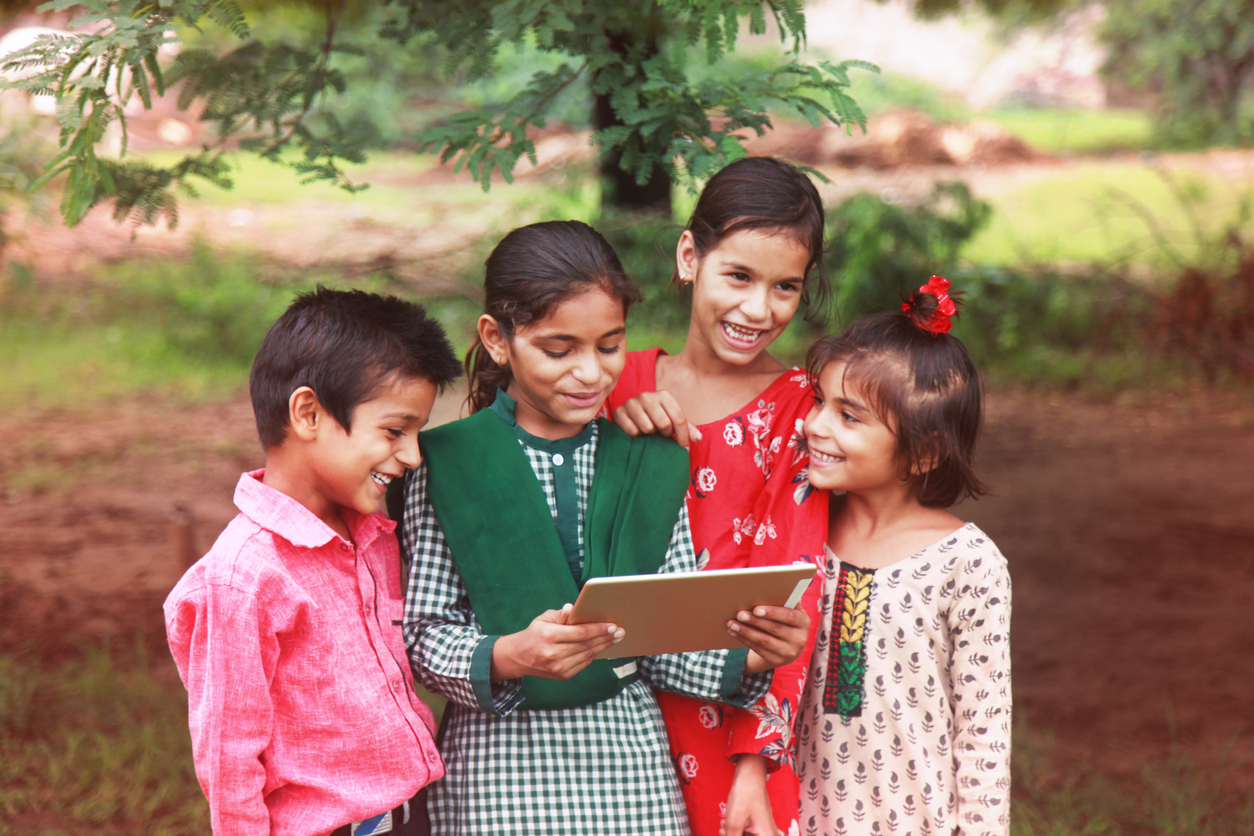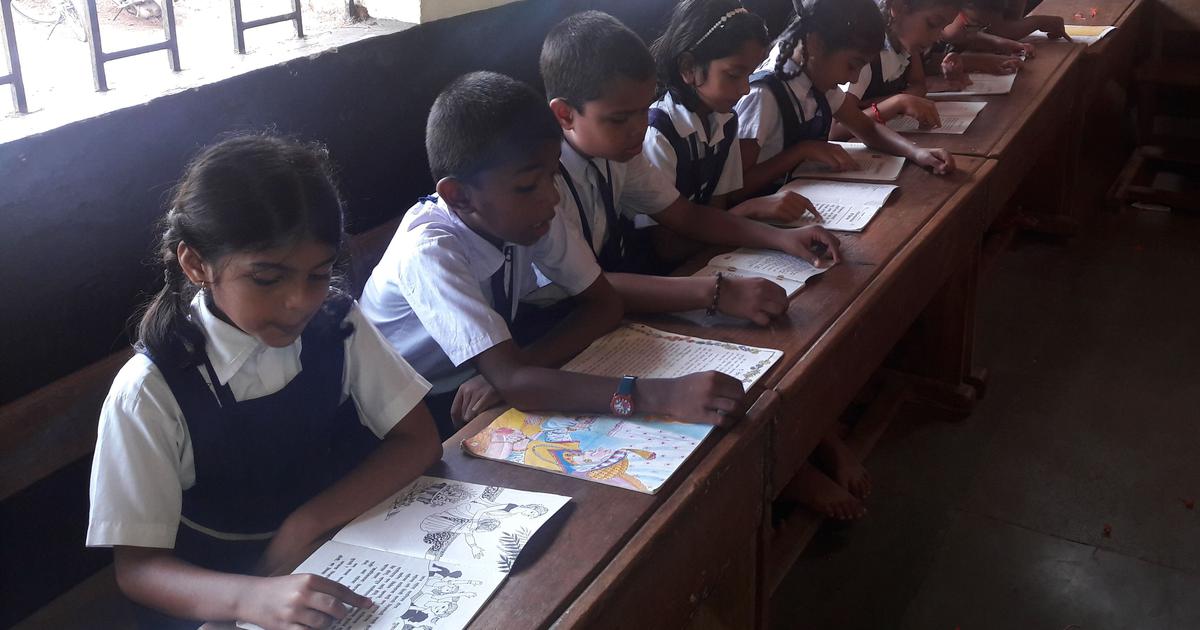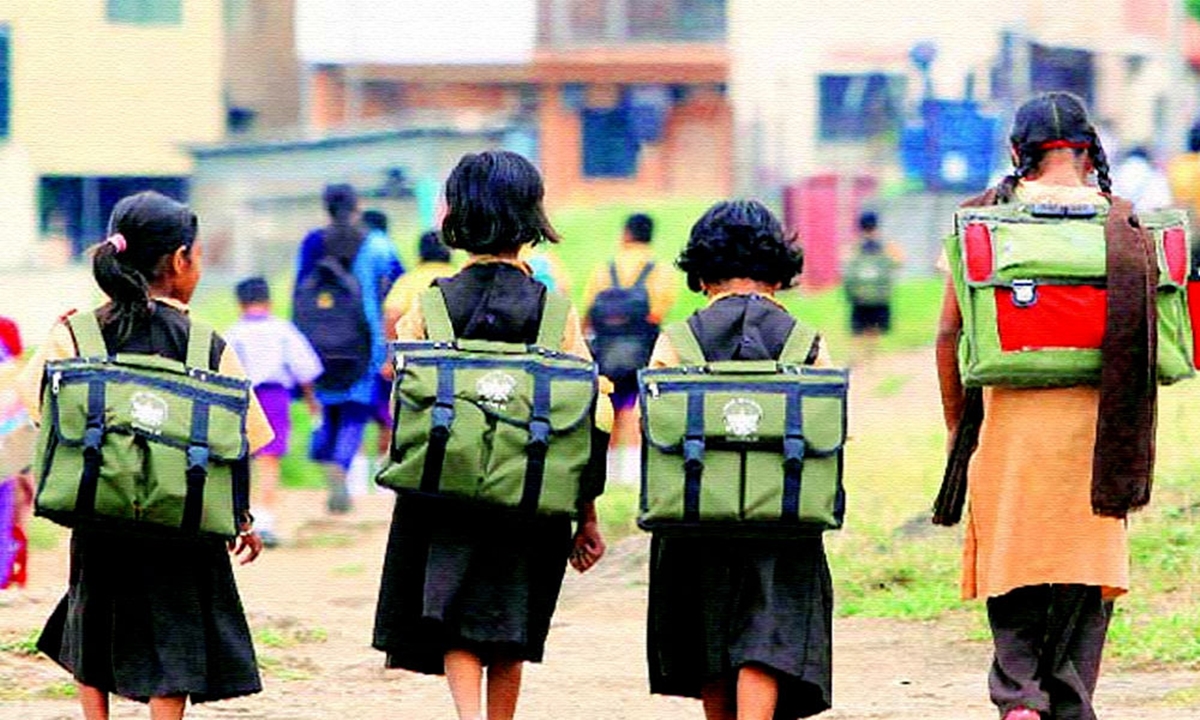
Is India Ready for Online Education? – Evidence from the National Sample Survey’s 75th Round Survey
Assessing through NSS data whether or not is India ready for online education
Context
According to the Unified District Information System for Education (UDISE), there are around 1.5 million schools in India catering to 240 million children. The COVID-19 pandemic has disrupted the process of teaching and learning in these schools and put a question mark on quality of education children are receiving during this unprecedented time.
This article focuses on the more interactive modules – synchronous classes- for which a student would need an internet connection and a smartphone, desktop computer or laptop.
The accessibility of digital learning for students from an average Indian family is gauged from the the nationally representative National Statistics Office (NSO) titled “Household Consumption: Education” .
Access and Ability to Use Devices
The survey reveals that only 4% of rural households and 23% of urban households possessed computers. In the context of this survey, computer means devices like a desktop computer, laptop computer, notebook, netbook, palmtop, and tablet. Importantly, a smartphone was not considered a computer.
Two things emerge from this data: firstly, a large portion of households do not have access to a computer and secondly, urban households are expectedly better-off than rural households.
On the question of operating/using a computer, the survey collected data from persons of 5 years and above, where they were considered to be able to operate a computer if they could perform any of the following tasks: copying or moving a file or folder; using copy and paste tools to duplicate or move information within a document; sending emails with attached files (e.g., document, picture, and video); using basic arithmetic formulae in a spreadsheet; connecting and installing new devices (e.g., modem, camera, printer); finding, downloading, installing and configuring software; creating electronic presentations with presentation software (including text, images, sound, video or charts); transferring files between a computer and other devices; or writing a computer program using a specialized programming
On an average, 9.1% of people in the age group of 5-14 years, 33.6% in the age group of 15-29 years, and 20.4% in the age group of 15-59 years, were able to operate a computer. These numbers reveal two things: first, even though someone has a computer, it does not mean they can operate it, and secondly, that a large portion of people in the age group of 15-29 years do not know how to operate a computer (despite the way the survey defines this ability). It should be noted that this is the population for which we are resorting to policies of online education.
The data indicates that this is even lower for rural areas where on average, only 23.7% of people in the age group of 15-29 years can operate a computer, reflecting a stark difference between rural and urban populations. In case of gender within this age group, on an average 39% of the male population can operate a computer, compared to only 27.6% percent of the female population.
Access and Ability to Use the Internet
It goes without saying that to conduct and attend online classes, one needs to have access to the internet. The NSSO survey report reveals that only 14.9% of rural households and about 42% of urban households have access to the internet. Households ‘with internet facilities’ were those where internet was ‘generally available for use’ by all members of the household at any time, regardless of whether or not it was used by them. Although the data for this survey was collected in 2017-18 and the situation may have changed over the course of time, in an age where the country is trying to take leaps toward a digital revolution, such numbers are worrisome.
The report also presents data on the ability of a person of 5 years and above to use the internet, defined as the ability to use an internet browser for website navigation, or e-mail and social networking applications, etc. to find, evaluate and communicate information. Only 8.8% of the population in the age group of 5-14 years, 40.4% in the age group of 15-29 years, and 25.5% in the age group of 15-59 years, were able to use the internet. These numbers indicate that a large chunk of the population across the country does not know how to use the internet decisively. In rural areas, this number was only 30.4% of the age group of 15-29 years, compared to 63.2% in urban areas. In terms of gender for the same age group, 48.2% of the male population were able to use the internet in comparison to only 31.9% of the female population.
Conclusion
The following points emerge from the data presented in the report:
A large portion of the population does not possess a computer and does not have proper internet facilities at home, with a stark rural-urban divide. This is key as the rural population forms about 66% of the total population of our country.
Further, a majority of the population above the age of 5 years does not know how to operate a computer or use the internet, with wide rural-urban, and gender divides. These numbers also suggest that not only children, but a large portion of teachers and parents also probably do not know how to operate a computer of use the internet.
Considering this, opting for online modes of teaching and learning can have an adverse effect on both quality and equity in education.



